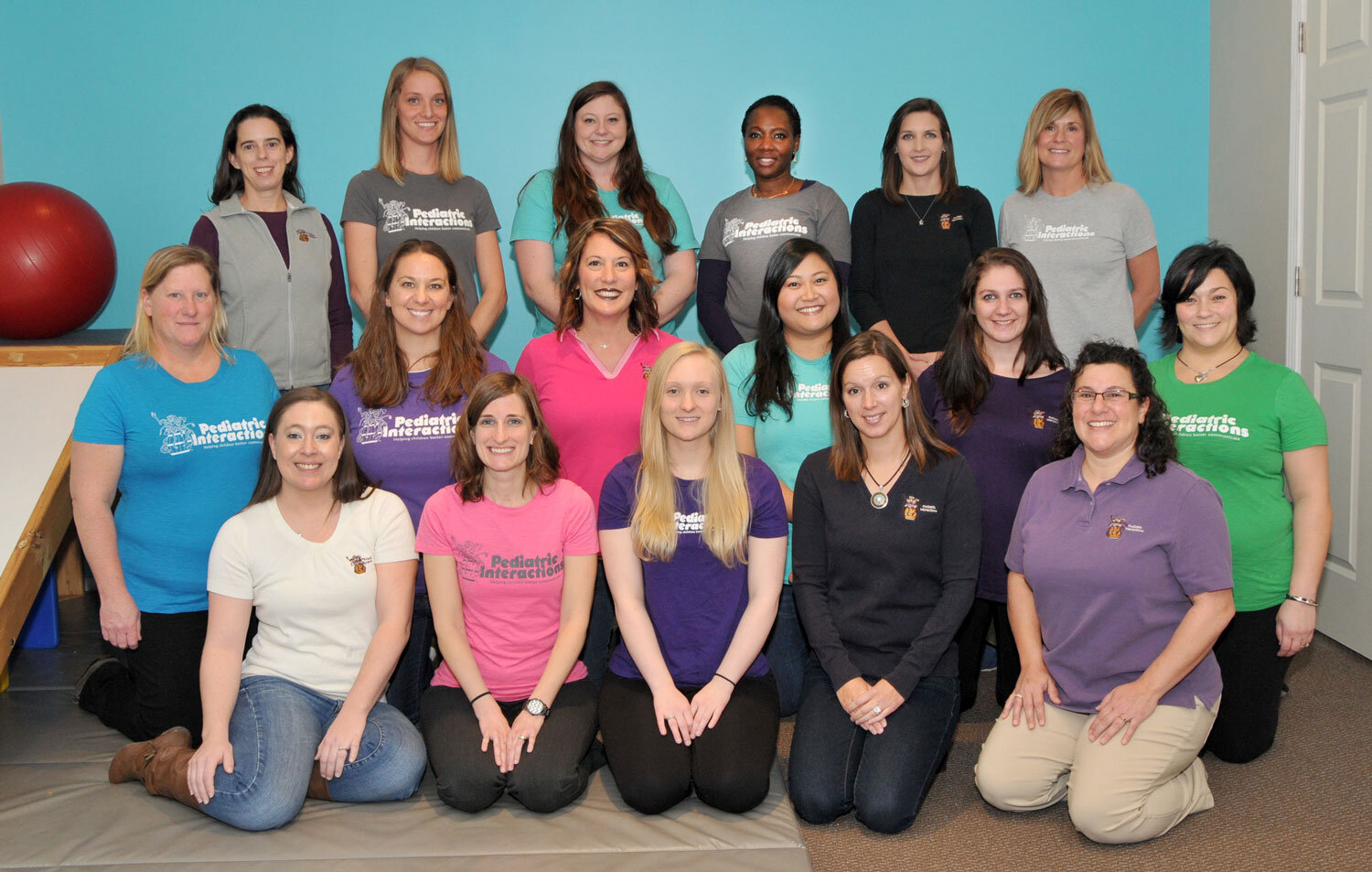Looking Autism in the Eye
I was thinking back to when I was a student teacher in 1986. Autism was a barely identified diagnosis. It was first coined in 1911 to describe extreme forms of schizophrenia. In 1933, an American male, Donald Triplett, was the first person diagnosed with Autism. It wasn’t until 1980 that the DSM-III established Autism as its own diagnosis. Little was known at that time. Even in 1986, it was not even being taught in college curriculum for special education teachers yet. When I graduated with a Bachelor of Science in 1988, I landed my first job as a special education teacher in a school for Autistic High School students. I remember thinking these people are going to pay me this much money to teach! Suckers! Man, was I in for a rude awakening. I had no idea what I was getting myself into.
Fast forward 35 years later, we know a lot more now than we did but we are continuing to learn and our children and students continue to ever evolve into beings with these incredible hidden talents, amazing senses of humor, and abilities that would make any “typical” person envious. Parents, when you look at your child, be they diagnosed with autism, a language delay, or a sensory integration difficulty, look with your future eyes and see all that your child can become. Believe in your heart the best for your child. You have earned that right. You know your child best and don’t let anyone dissuade you from thinking that your child can’t be all that he or she is capable of just because he or she has a diagnosis of Autism.
The Autism Spectrum Disorder (ASD) carries with it a variety of diagnoses. Early on, Asperger Syndrome, Pervasive Developmental Disorder, or PDD-NOS (NOS=Not Otherwise Specified) were categories within the ASD diagnosis. Since 2013, this diagnosis is no longer used to identify those who fall on the spectrum. What is my point? Things are ever-evolving and changing. There are so many different levels at which a child may be identified. Some children are non-verbal, some are verbal and need support with specific developmental skills such as communication, self-help, adaptive, or pragmatic skills. Still, others may have comorbidities (more than 1 diagnosis) such as ADHD, seizures, or Sensory Integration deficits. Growing up, I remember seeing a teenager. He was in a wheelchair. He was rocking and moaning and playing with a ball of tinfoil. I was only in elementary school at that time and I remember being so confused. Not scared; just confused. But there were certain things that were never talked about back in the day. Now we have an opportunity to talk to our children about these diagnoses and to teach them that we all have our strengths and we all have things we need to improve on. The essence is, we are all just people. Each one, more different than the other. We are human snowflakes!
For me, being a speech-language pathologist (SLP) and working with Autistic children is the highlight of my career! It is a pleasure to be able to work with children, teens, young adults and to help families tease through all the little idiosyncrasies and find the uniqueness of each child. Finding their hidden talents is where the real joy begins. And helping them communicate leads to elation! Some speak using their voice, some speak using letter boards, some speak using sign language, some speak using devices, and some speak using their behaviors. Are you looking? Are you listening?
Our children all have strengths and they all have needs. You know what those strengths are. If you don’t, then look carefully and find them. They are in there. Those talents that make them innately qualified to steal your hearts. Find their talent and capitalize on that. Let no one tell you that your expectations are too high. Foster what is there, help them to learn to grow, adapt, and become more independent. Even the little steps are important. Take those little steps with your child so they feel loved and supported as you guide them through this crazy world. Let no one steal your joy! As parents, educators, therapists, and more we give direction. On the long road to adulthood, we supply knowledge, support and even course correction. Surround yourself with those who give you the support that you need. Find people who believe in your child as much as you do. Shoot for the stars and allow what you know in your heart to guide you in uplifting your child to levels that others hadn’t dared to imagine! Shoot for the stars!
Written by Lisa C. Morris, MS, CCC-SLP/L and Clinical Director at Pediatric Interactions







